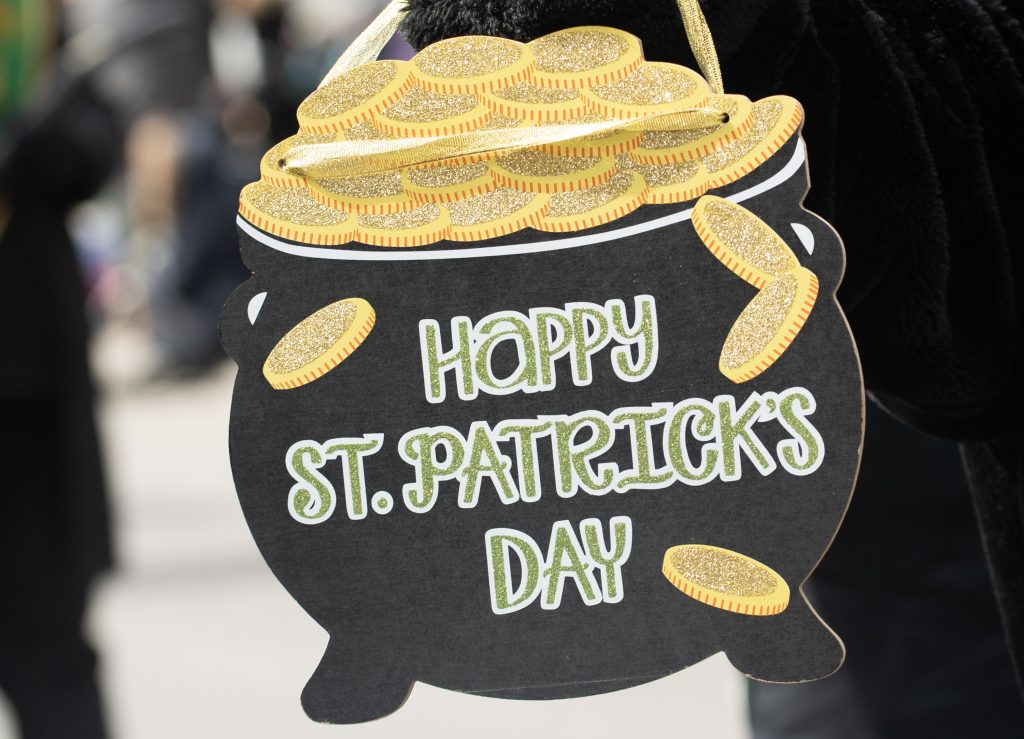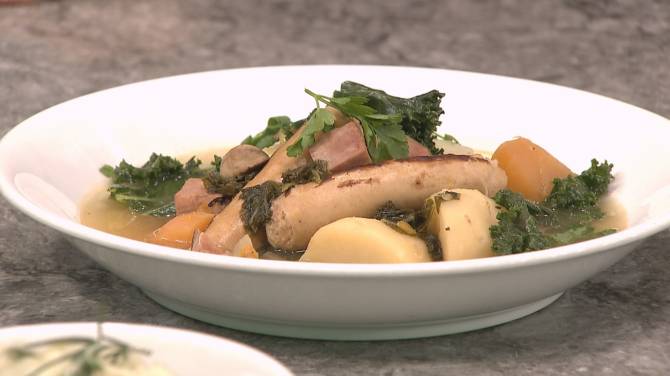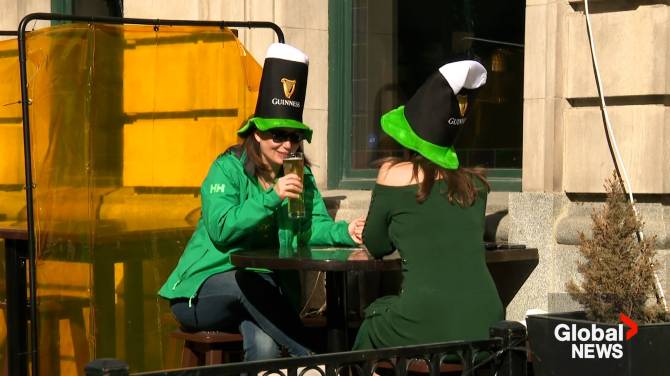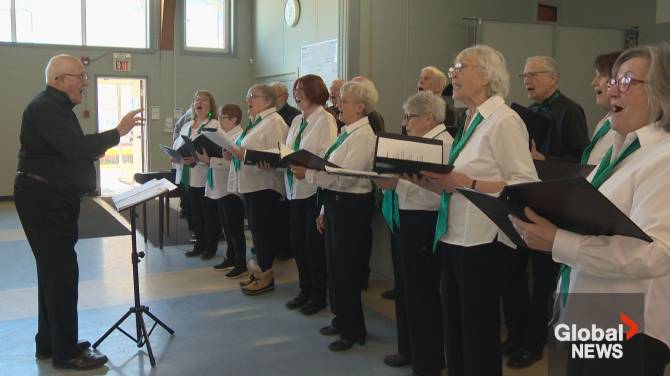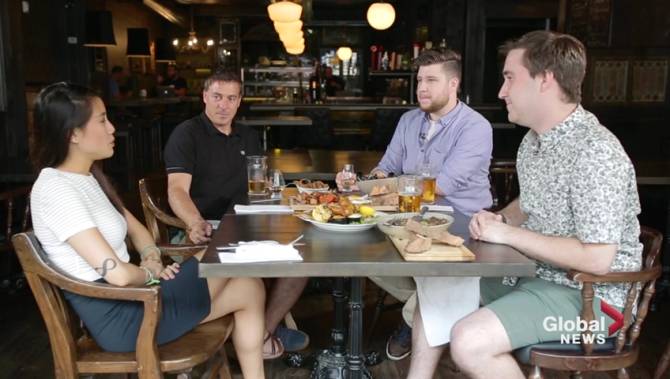The typical scene of people dressed in green partying on St. Patrick’s Day will be different in Canada this Sunday, with fewer individuals consuming alcohol compared to ten years ago.
Experts recommend that restaurants and pubs prepare to offer alcohol-free mocktails and non-alcoholic Guinness to the holiday celebrants.
“In these tough economic times, alcohol can be pricey to order at a restaurant, and people are cutting back,” said Vince Sgabellone, a food service industry analyst at Circana.
“Instead of ordering an alcoholic drink, they might choose a soft drink or just have tap water when they go out.”
In general, people are ordering fewer drinks when they dine out, and alcohol is often the first to be excluded, he added.
The trend of consuming less alcohol is particularly popular among adults aged 18 to 34.
A 2021 Statistics Canada survey revealed that one in five Canadians were drinking less than before the pandemic, with younger Canadians more likely to cut back.
There are several factors contributing to this.
Generation Z is becoming more health-conscious and is also reluctant to spend a lot on drinks when going out, explained Robert Carter, a food service industry expert.
Changing demographics may also have an impact, said Carter, a managing partner at the StratonHunter Group.
Canada has a large immigrant population, and for many people, alcohol may not hold the same cultural significance as it does for others, he noted.
An increase in the cost of living may also be discouraging consumers from drinking.
Expanding menus to include a variety of options could help restaurants make up for lost alcohol sales, Sgabellone suggested, pointing out that such changes are becoming increasingly common at many restaurants.
“When I go out to restaurants, I’m seeing more and more beverage options that are not the usual,” he said. “Now, you're seeing expanded non-alcoholic beverage menus.”
Some of the non-alcoholic drinks available include coffee, soft drinks, juice, and non-carbonated beverages.
It may not be an obvious choice, but bar owners have the opportunity to experiment with offering non-alcoholic beverages alongside traditional St. Patrick’s Day drinks.
“Innovative restaurant and bar owners will create various non-alcoholic mocktail specials and make them attractive to draw people in to celebrate the social holiday,” said Carter.
This doesn’t mean there won’t be any drinkers this St. Patrick’s Day.
Carter mentioned that bars and restaurants will still have popular festive drinks such as Irish whiskey and Guinness beer in stock.
“There will still be an increase in alcohol sales on St. Patrick’s Day, but I think the increase is not as significant as it was five to ten years ago,” Carter commented.
According to Ipsos alcohol consumption tracker data, alcohol consumption on St. Patrick’s Day has increased by 25 percent over the past five years compared to the day before and after the holiday.
“Overall, drinking habits have decreased,” said Sam Agarwal, director of market strategy and understanding at Ipsos.
“But there is definitely a higher frequency of drinking on that particular day.”
As big companies grow their selection of non-alcoholic drinks, Sgabellone agrees that it's becoming more acceptable to drink less.
“It's normal, it's popular, and no one will judge me if I'm not drinking alcohol when I'm out with my friends,” he said.
The Fox and Fiddle in Toronto is ready to offer both alcoholic and non-alcoholic drinks, which they added to their menu over three years ago.
“We've seen people having one fewer beer than usual,” said Alisha Soles, general manager at the Bay Street pub.
However, its highly visible location — next to Scotiabank Arena — keeps it busy all season, attracting the Maple Leafs and Raptors fans who prefer alcoholic drinks, Soles added.
For St. Patrick’s Day, Soles said the pub is planning a few special offers as it expects people to be celebrating the Irish festival and visiting other nearby attractions.
Sgabellone said that offering a great food menu can help restaurants counter the decrease in alcohol sales.
“People like to eat when they’re out drinking as well,” he said.
“People are going out for the whole experience. They want to be out with their friends, they want to be entertained, they'll have a few drinks but they'll also eat — and spend money on your menu.”


